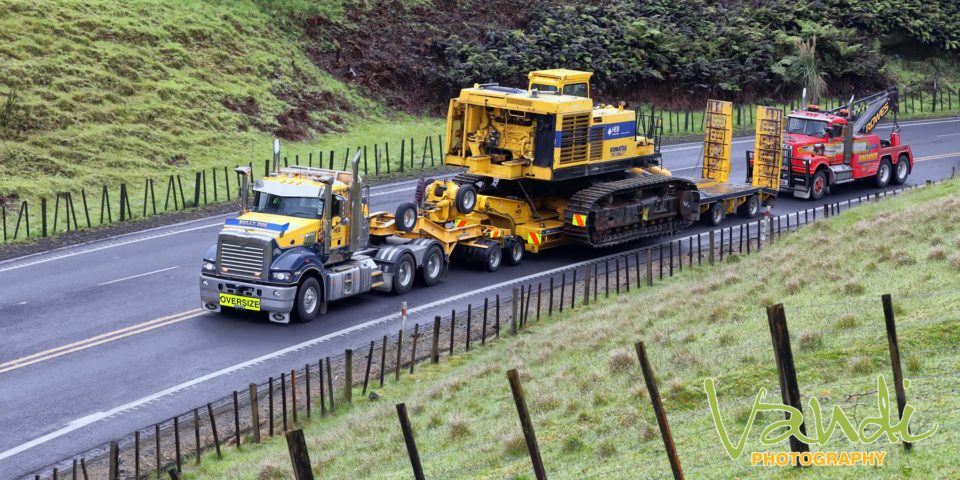By Jonathan Bhana-Thomson, chief executive, Heavy haulage Association.
The oversize transport industry plays a crucial role in supporting the infrastructure efforts of local authorities and, with better communication and working together, we can partner to produce great outcomes.
Our sector of the transport industry provides specialist transport services to move large indivisible items on transporters that are specifically designed for the transport of goods that are overweight or over-dimension.
Think of items such as bridge beams for bridge upgrades, the transport of large construction equipment for roading developments, pre-fabricated items for construction and development projects such as treatment plants or civic facilities.
The oversize sector also provides other services to businesses, contractors, developers and ratepayers that go together to make up a vital functioning cities, towns and rural areas.
Council permitting
The oversize sector typically moves items that are on overweight permits. If on local roads these will be issued by the relative council.
Over-dimension permits are issued nationally by NZTA, although smaller loads simply are transported in compliance with the various safety requirements in the legislation.
Our association encourages all local council’s to review their permitting operations, which are contracted out as part of a bridge maintenance function to an outside contractor, or is done in-house.
In either situation, I would like to challenge each local council to consider whether there are ‘efficiencies’ through using the national overweight permitting function through NZTA.
Many councils are already using this opportunity and taking advantage of the NZTA’s long-established permitting ‘machine’ that can specifically analyze heavy loads going over the country’s bridges. Our members find this an efficient way to ensure consistency and compliance with permitting.
Infrastructure requirements
Local roads often feature bridges that have less capacity for the transport of heavy goods and we encourage councils to identify these bridges that are of weaker structures, or unable to carry overweight loads at all, and promote them as essential for improvement or replacement within their capital investment schedules.
The Territorial Land Authority (TLA) can work with bodies like the NZ Heavy Haulage Association to identify such weak bridge structures so they can be priortised for upgrade investment. The majority of heavy haulage operators around the country are members of our association, so we have good local representation in each council area to provide feedback on yoiur bridge infrastructure.
The other area where Councils can assist the oversize industry with infrastructure is with the design of road improvements – be they major or small.
If these roading projects are on an identified oversize route it makes sense to include catering for oversize load movement in their design. If the design is not suitable for oversize loads transport this can result in transporters having to avoid them and mount islands, run over infrastructure, and remove/replace signage.
The association is very keen to work with local councils to ensure roading and bridge projects are designed right the first time, rather than having to go back and do modifications later. A Design Specification document is available on the association’s website to assist with this.
Maintenance of routes
In many larger cities, but also in smaller locales, there are well-known routes that oversize transport operators use and the association would like to work with TLA’s to identify and maintain these routes. This has the benefit of supporting local industry, but also maintains the access for emergency situations where equipment or emergency buildings/housing may be required from time to time.
One key aspect of retaining such access is council vegetation maintenance programmes. Overgrown routes and signage is a very common issue for transport operators. Over-grown and overhanging trees on road sides reduces the available width and height clearance of over-load routes and we would like to see these maintained more often for obvious safety reasons.
As the professional body for this vital transport sector, we welcome feedback, ideas and issues that we can work together over to produce better outcomes for both parties.
That way, members of the oversize transport industry can continue their important role servicing many different parts of



